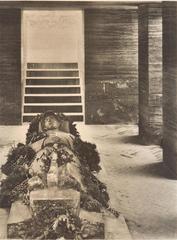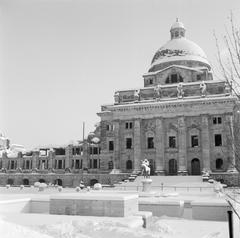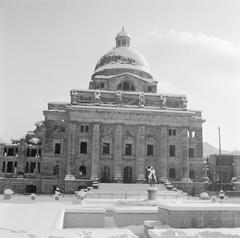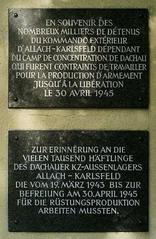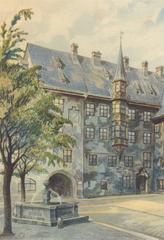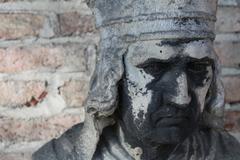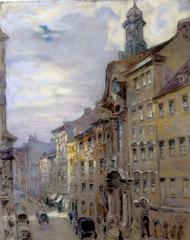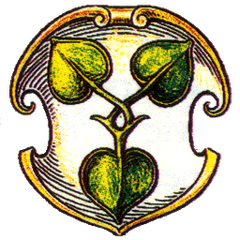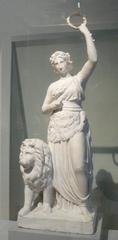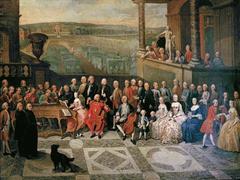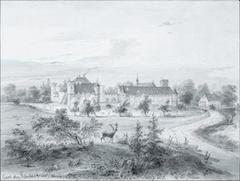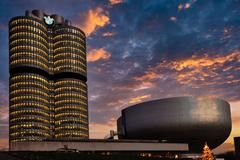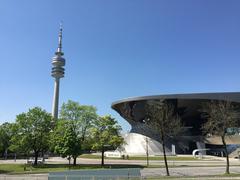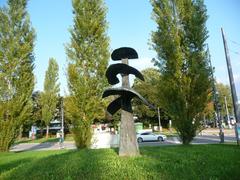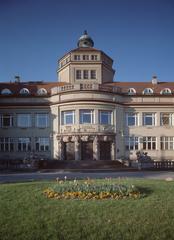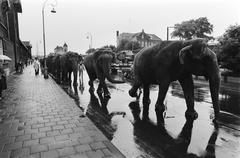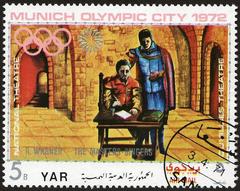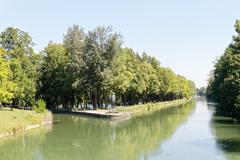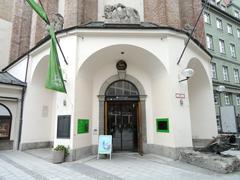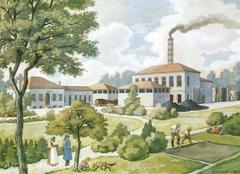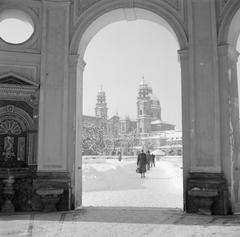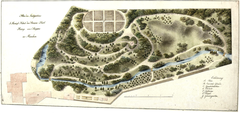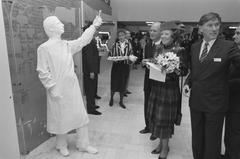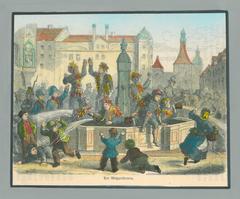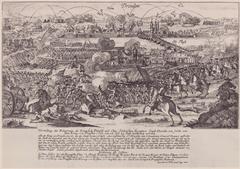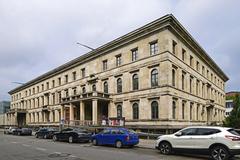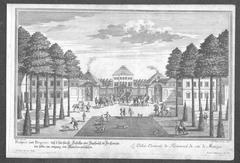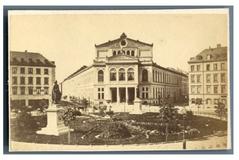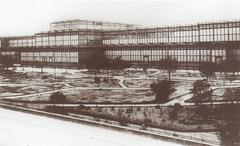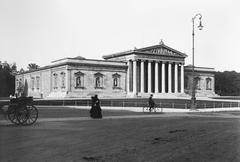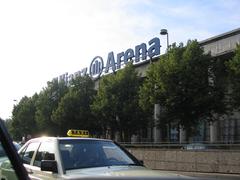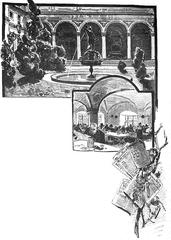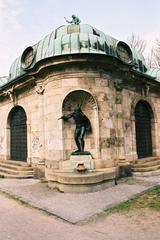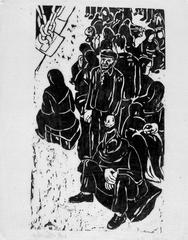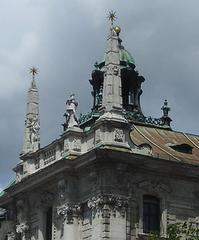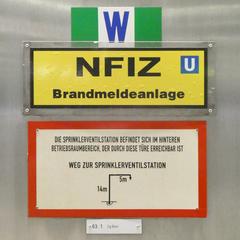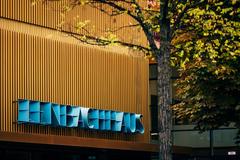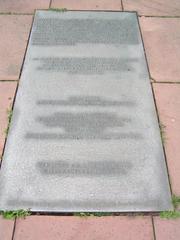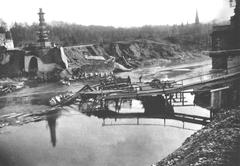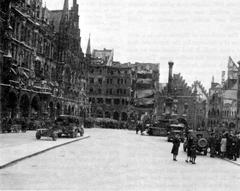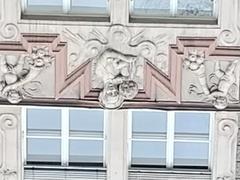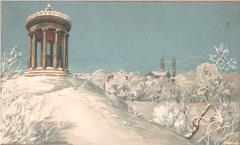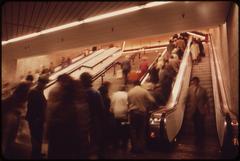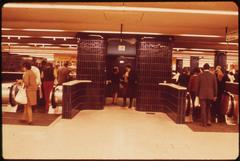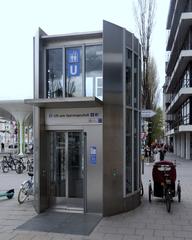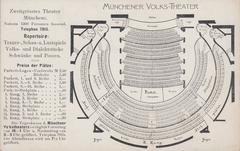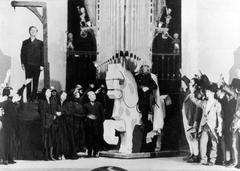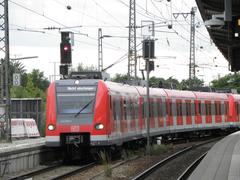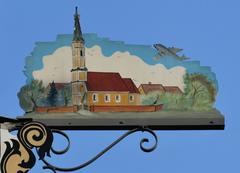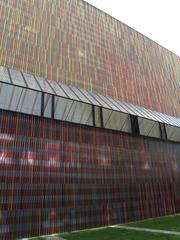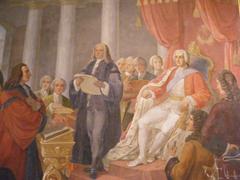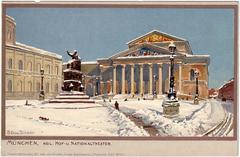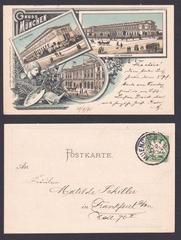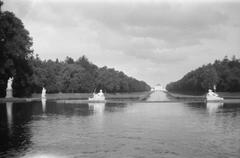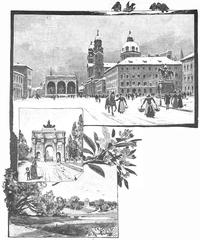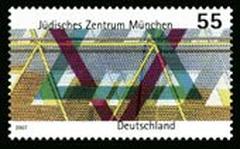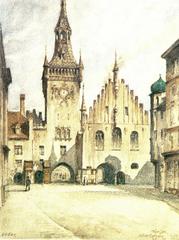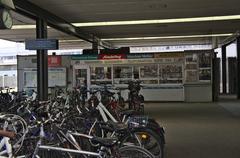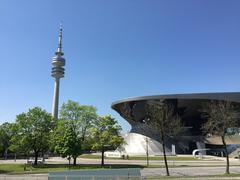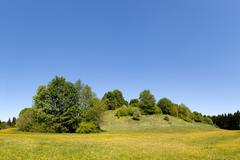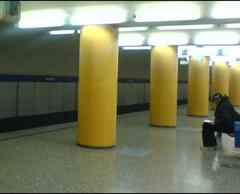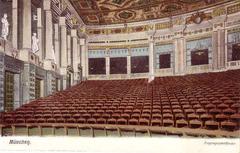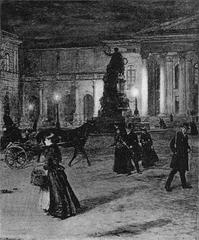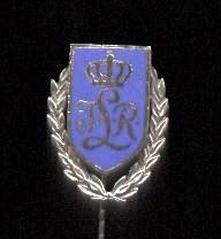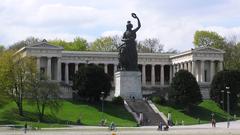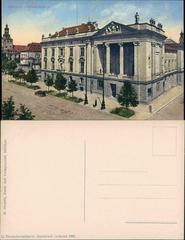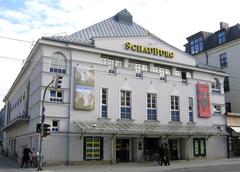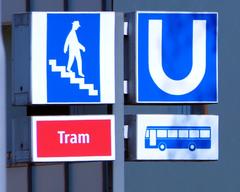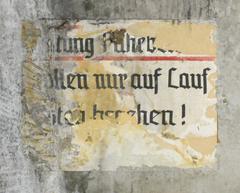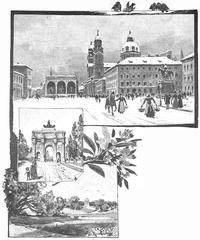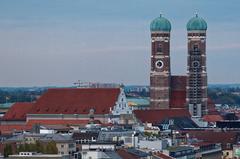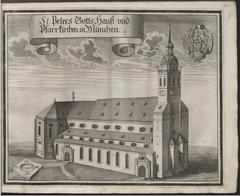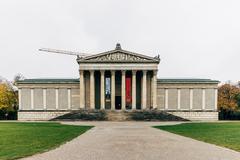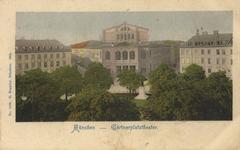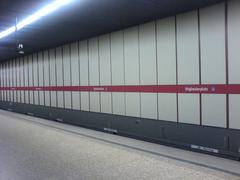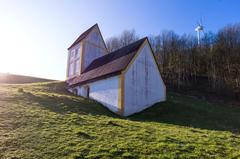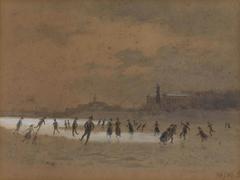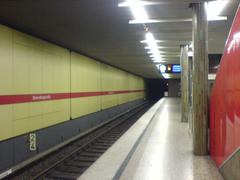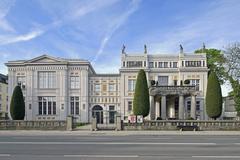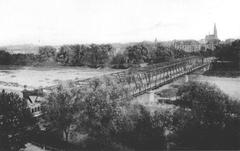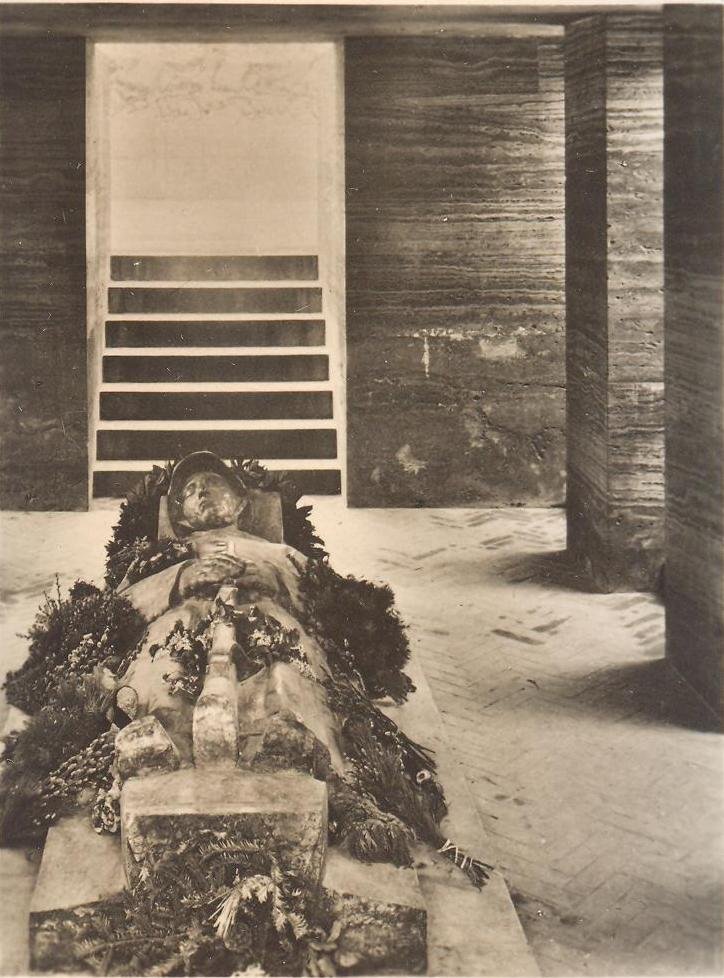
Visiting Hours, Tickets, and Historical Significance of Kriegerdenkmal, Munich
Date: 25/07/2024
Introduction
The Kriegerdenkmal in Munich, Germany, is a significant historical monument dedicated to honoring the soldiers who lost their lives in World War I and II. Situated in the serene Hofgarten, the memorial stands as a solemn reminder of the sacrifices made during these tumultuous times. This guide aims to provide a comprehensive overview of visiting the Kriegerdenkmal, including practical information, historical context, and tips for making the most of your visit. Whether you’re a history enthusiast or simply looking for a peaceful place to reflect, the Kriegerdenkmal offers a meaningful and enriching experience. Located centrally in Munich, the memorial is easily accessible and surrounded by other notable attractions, making it an ideal stop for both local and international visitors (Munich Travel).
Table of Contents
- Introduction
- Location and Accessibility
- Best Time to Visit
- History and Cultural Significance
- Guided Tours
- Photography Tips
- Nearby Attractions
- Respect and Etiquette
- Safety and Accessibility
- Amenities
- Events and Commemorations
- Educational Resources
- FAQ
- Conclusion
Location and Accessibility
The Kriegerdenkmal is situated at the eastern end of the Hofgarten, in front of the Bayerische Staatskanzlei (Bavarian State Chancellery). The Hofgarten is bordered by notable landmarks such as the Residenz complex to the south, Odeonsplatz to the west, and the Englischer Garten to the northwest. This central location makes it easily accessible by public transportation. The nearest U-Bahn station is Odeonsplatz, served by lines U3, U4, U5, and U6. From there, it is a short walk to the Hofgarten.
Best Time to Visit
The Kriegerdenkmal is an open-air memorial, best visited during the warmer months from late spring to early autumn. Early mornings or late afternoons are ideal to avoid the midday heat and crowds. The Hofgarten hosts various events and festivals throughout the year, such as the Munich Opera Festival, which runs from late June to the end of July, adding a vibrant atmosphere to your visit.
History and Cultural Significance
The Kriegerdenkmal was inaugurated in 1924 to honor the soldiers who lost their lives in World War I. The memorial features an open crypt and a statue of a fallen soldier, symbolizing the sacrifice and bravery of the soldiers. It serves as a place of reflection and remembrance, reminding visitors of the impact of war and the importance of peace.
Guided Tours
While the Kriegerdenkmal itself does not offer guided tours, it is often included in broader historical and cultural tours of Munich. Several tour companies provide walking tours that cover significant sites related to Munich’s history, including the Hofgarten and the Kriegerdenkmal. For those interested in the broader historical context, consider joining a Third Reich walking tour that includes stops at various war memorials and historical sites in Munich.
Photography Tips
The Kriegerdenkmal is a poignant and solemn site, making it a powerful subject for photography. The best time for photography is during the golden hours—shortly after sunrise and before sunset—when the natural light is soft and warm. The memorial’s open crypt and the statue of the fallen soldier provide dramatic focal points. Be respectful of the site’s solemn nature and avoid intrusive or disrespectful photography. The surrounding Hofgarten also offers beautiful backdrops with its manicured lawns, fountains, and historic architecture.
Nearby Attractions
The Hofgarten is surrounded by several notable attractions that can be easily combined with a visit to the Kriegerdenkmal. These include:
- Bayerische Staatskanzlei: Located directly in front of the Kriegerdenkmal, this impressive building houses the Bavarian State Chancellery and is an architectural marvel worth exploring.
- Residenz: Munich’s former royal palace, now a museum, is located just south of the Hofgarten. It offers a glimpse into the opulent lifestyle of Bavarian royalty and houses an extensive collection of art and historical artifacts. More information can be found on the official website.
- Englischer Garten: One of the largest urban parks in the world, the Englischer Garten is located to the northwest of the Hofgarten. It is an ideal place for a leisurely stroll, a picnic, or a visit to the famous Chinesischer Turm beer garden. Details are available here.
Respect and Etiquette
The Kriegerdenkmal is a war memorial dedicated to the soldiers who lost their lives in World War I. As such, it is a place of reflection and remembrance. Visitors are expected to behave respectfully, keeping noise to a minimum and refraining from any disruptive activities. Laying flowers or wreaths is a common practice to honor the fallen soldiers, and visitors are welcome to participate in this tradition.
Safety and Accessibility
The Kriegerdenkmal is generally safe to visit, but as with any public space, it is advisable to keep an eye on personal belongings. The memorial is accessible to visitors with mobility issues, although the stairs leading down to the crypt may pose a challenge. There are no elevators or ramps, so visitors with limited mobility may need assistance. The surrounding Hofgarten is flat and well-maintained, making it accessible for wheelchairs and strollers.
Amenities
While the Kriegerdenkmal itself does not have any amenities, the Hofgarten and its surrounding areas offer several facilities. There are public restrooms located within the Hofgarten, and numerous cafes and restaurants can be found nearby, particularly around Odeonsplatz and the Residenz. These establishments offer a range of dining options, from casual cafes to fine dining, allowing visitors to relax and enjoy a meal after exploring the memorial and its surroundings.
Events and Commemorations
Throughout the year, various events and commemorations take place at the Kriegerdenkmal and the Hofgarten. These include official ceremonies on significant dates such as Armistice Day and other national holidays. These events often involve laying wreaths, military parades, and speeches by dignitaries. Attending these events can provide a deeper understanding of the memorial’s significance and the ongoing efforts to honor the memory of the fallen soldiers.
Educational Resources
For those interested in learning more about the history and significance of the Kriegerdenkmal, several resources are available. The Bavarian Army Museum in Ingolstadt houses the original marble statue of the fallen soldier and offers extensive exhibits on military history. Additionally, the Nazi Documentation Center in Munich provides comprehensive information on the city’s role during the Third Reich, including the impact of both World Wars on the region.
FAQ
Q: What are the visiting hours for Kriegerdenkmal?
A: The Kriegerdenkmal is an open-air memorial and can be visited at any time. However, it is advisable to visit during daylight hours for safety and better visibility.
Q: Is Kriegerdenkmal accessible for wheelchairs?
A: While the surrounding Hofgarten is accessible for wheelchairs, the stairs leading down to the crypt may pose a challenge for visitors with mobility issues.
Q: Are there guided tours available?
A: The Kriegerdenkmal itself does not offer guided tours, but it is included in several broader historical and cultural walking tours of Munich.
Q: Are there any entrance fees or tickets required?
A: No, there are no entrance fees or tickets required to visit the Kriegerdenkmal.
By following these tips, visitors can ensure a respectful, informative, and memorable experience at the Kriegerdenkmal in Munich.
Conclusion
Visiting the Kriegerdenkmal is not only an opportunity to pay respects to the fallen soldiers but also a chance to explore Munich’s rich history and culture. With this guide, you can make the most of your visit, from understanding the memorial’s significance to discovering nearby attractions. Whether you’re attending a special event, joining a guided tour, or simply taking in the serene environment, the Kriegerdenkmal provides a unique and memorable visit that honors the bravery and sacrifices of soldiers from World War I and II (Munich Manual). Stay updated with our latest posts and follow us on social media for more insights and tips on exploring Munich’s rich history and cultural sites.
References
- Munich Travel. (2024). https://munich.travel/en
- Munich Manual. (2024). https://munichmanual.com
